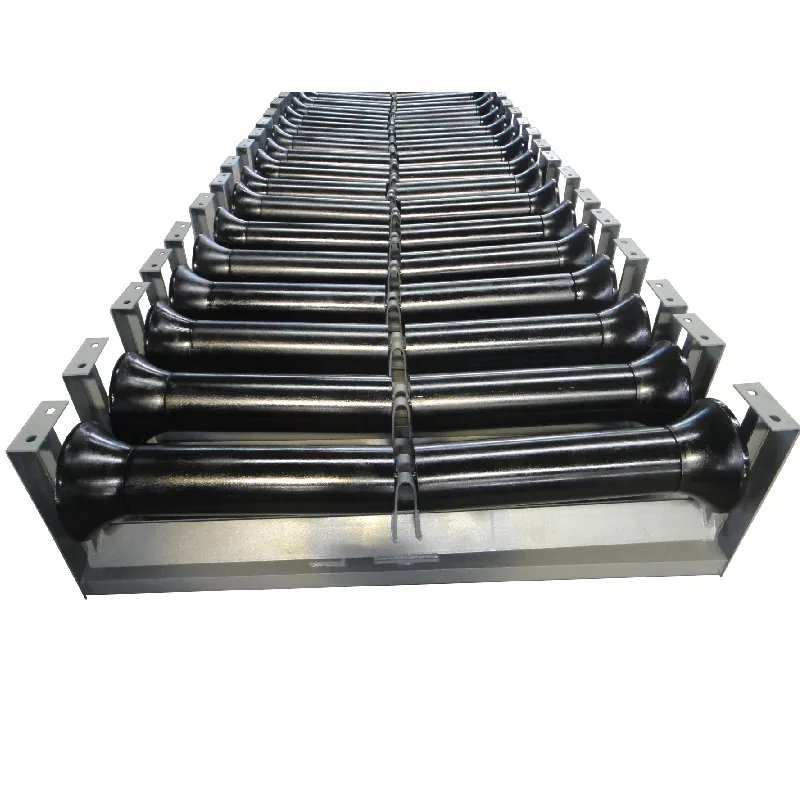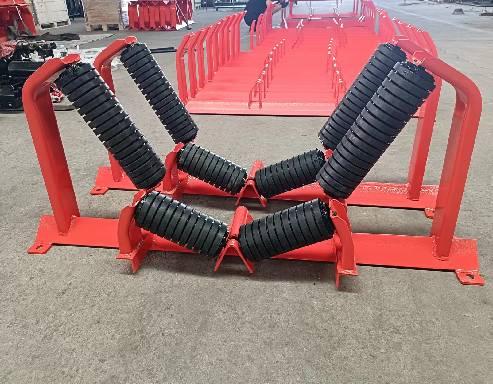 Afrikaans
Afrikaans  Albanian
Albanian  Amharic
Amharic  Arabic
Arabic  Armenian
Armenian  Azerbaijani
Azerbaijani  Basque
Basque  Belarusian
Belarusian  Bengali
Bengali  Bosnian
Bosnian  Bulgarian
Bulgarian  Catalan
Catalan  Cebuano
Cebuano  Corsican
Corsican  Croatian
Croatian  Czech
Czech  Danish
Danish  Dutch
Dutch  English
English  Esperanto
Esperanto  Estonian
Estonian  Finnish
Finnish  French
French  Frisian
Frisian  Galician
Galician  Georgian
Georgian  German
German  Greek
Greek  Gujarati
Gujarati  Haitian Creole
Haitian Creole  hausa
hausa  hawaiian
hawaiian  Hebrew
Hebrew  Hindi
Hindi  Miao
Miao  Hungarian
Hungarian  Icelandic
Icelandic  igbo
igbo  Indonesian
Indonesian  irish
irish  Italian
Italian  Japanese
Japanese  Javanese
Javanese  Kannada
Kannada  kazakh
kazakh  Khmer
Khmer  Rwandese
Rwandese  Korean
Korean  Kurdish
Kurdish  Kyrgyz
Kyrgyz  Lao
Lao  Latin
Latin  Latvian
Latvian  Lithuanian
Lithuanian  Luxembourgish
Luxembourgish  Macedonian
Macedonian  Malgashi
Malgashi  Malay
Malay  Malayalam
Malayalam  Maltese
Maltese  Maori
Maori  Marathi
Marathi  Mongolian
Mongolian  Myanmar
Myanmar  Nepali
Nepali  Norwegian
Norwegian  Norwegian
Norwegian  Occitan
Occitan  Pashto
Pashto  Persian
Persian  Polish
Polish  Portuguese
Portuguese  Punjabi
Punjabi  Romanian
Romanian  Russian
Russian  Samoan
Samoan  Scottish Gaelic
Scottish Gaelic  Serbian
Serbian  Sesotho
Sesotho  Shona
Shona  Sindhi
Sindhi  Sinhala
Sinhala  Slovak
Slovak  Slovenian
Slovenian  Somali
Somali  Spanish
Spanish  Sundanese
Sundanese  Swahili
Swahili  Swedish
Swedish  Tagalog
Tagalog  Tajik
Tajik  Tamil
Tamil  Tatar
Tatar  Telugu
Telugu  Thai
Thai  Turkish
Turkish  Turkmen
Turkmen  Ukrainian
Ukrainian  Urdu
Urdu  Uighur
Uighur  Uzbek
Uzbek  Vietnamese
Vietnamese  Welsh
Welsh  Bantu
Bantu  Yiddish
Yiddish  Yoruba
Yoruba  Zulu
Zulu Jan . 14, 2025 10:21
Back to list
Bend Pulley (Non-driving Pulley)
Conveyor pulleys play a pivotal role in the efficiency and efficiency of material handling operations across various industries. Understanding the nuances of selecting the right conveyor pulley for a specific application can greatly enhance operational efficiency and equipment longevity. This comprehensive guidance, rooted in extensive expert knowledge and hands-on experience, offers a valuable resource for optimizing conveyor systems.
Moreover, a key consideration is the pulley’s diameter, which significantly influences the belt’s tension and tracking, ultimately affecting product handling efficiency and system longevity. A larger diameter reduces belt stress, whereas too small a diameter might increase wear. Expert guidance often suggests calculating the correct balance of diameter and belt width for optimal performance. Installation and maintenance are areas where expertise is indispensable for ensuring system performance. Proper alignment during installation minimizes belt slippage and uneven wear, paving the way for smooth operation. Implementing a scheduled maintenance regime, ideally based on operational data analytics, can predict wear patterns and prompt interventions before failures occur. Decades of insights underscore the importance of understanding specific operational needs when consulting conveyor pulley catalogues. The perfect pulley is not an off-the-shelf purchase but rather the result of precise engineering aligned with unique operational parameters. By prioritizing customization and leveraging expert insights during the selection process, businesses can significantly enhance productivity, minimize downtime, and extend the functional lifespan of their conveyor systems. In this rapidly evolving market, staying abreast of advancements in pulley technology can also confer competitive advantages, ensuring your material handling processes are not only effective but also cost-efficient. Aligning with reputable manufacturers who offer comprehensive technical support and manual resources will further bolster your position, ensuring your conveyor systems operate at peak performance with unparalleled trustworthiness and authoritativeness.


Moreover, a key consideration is the pulley’s diameter, which significantly influences the belt’s tension and tracking, ultimately affecting product handling efficiency and system longevity. A larger diameter reduces belt stress, whereas too small a diameter might increase wear. Expert guidance often suggests calculating the correct balance of diameter and belt width for optimal performance. Installation and maintenance are areas where expertise is indispensable for ensuring system performance. Proper alignment during installation minimizes belt slippage and uneven wear, paving the way for smooth operation. Implementing a scheduled maintenance regime, ideally based on operational data analytics, can predict wear patterns and prompt interventions before failures occur. Decades of insights underscore the importance of understanding specific operational needs when consulting conveyor pulley catalogues. The perfect pulley is not an off-the-shelf purchase but rather the result of precise engineering aligned with unique operational parameters. By prioritizing customization and leveraging expert insights during the selection process, businesses can significantly enhance productivity, minimize downtime, and extend the functional lifespan of their conveyor systems. In this rapidly evolving market, staying abreast of advancements in pulley technology can also confer competitive advantages, ensuring your material handling processes are not only effective but also cost-efficient. Aligning with reputable manufacturers who offer comprehensive technical support and manual resources will further bolster your position, ensuring your conveyor systems operate at peak performance with unparalleled trustworthiness and authoritativeness.
Next:
Latest news
-
Trusted Conveyor Solutions from Leading Conveyor Idler Roller ManufacturersNewsJun.27,2025
-
Reliable Return Idler Solutions for Efficient Belt Conveyor SystemsNewsJun.27,2025
-
Precision Conveyor Accessories for Streamlined Material HandlingNewsJun.27,2025
-
High-Quality Belt Conveyor Idler Solutions for Efficient Material HandlingNewsJun.27,2025
-
High-Performance Belt Conveyor Pulleys for Reliable Material HandlingNewsJun.27,2025
-
Enhancing Material Handling EfficiencyNewsJun.27,2025
OUR PRODUCTS





























